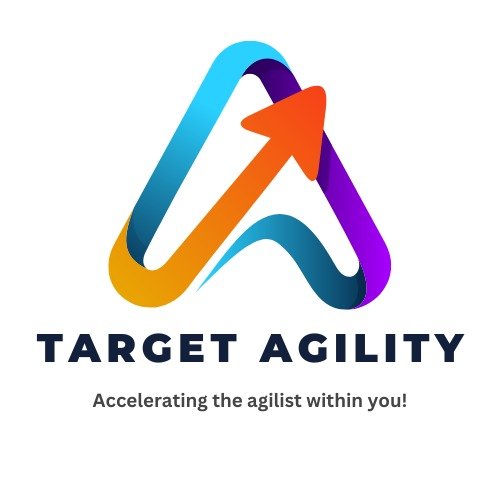Modern development teams face the same headache again and again — every time they start a new project, they waste hours setting up infrastructure, configuring environments, and fixing pipeline issues. Instead of building features, they end up fighting the system.
Platform Engineering and Internal Developer Platforms (IDPs) are solving this problem. The idea is simple: build an internal platform that gives developers everything they need — ready to use — so they don’t have to handle infrastructure or configurations manually.
Why Platform Engineering Matters
Today’s tech stacks are huge and complicated. You’ve got Kubernetes clusters, CI/CD tools, cloud services, monitoring dashboards, and security checks — all working together. When every developer sets these up differently, it quickly becomes messy, slow, and error-prone.
Platform Engineering brings order to this chaos. It centralizes the complexity and provides a common platform that everyone can use. Instead of each team building its own deployment process, a central team creates shared tools, templates, and automation pipelines.
Think of it as DevOps turned into a product — one that’s built for internal use. The platform team treats developers as its customers, constantly improving their experience and removing friction from daily workflows.
What Is an Internal Developer Platform (IDP)?
An Internal Developer Platform is the practical outcome of this approach. It’s a unified, self-service system that gives developers access to everything they need to build, test, and deploy applications safely.
A good IDP includes:
- Environment management: Automatic setup for dev, test, and production environments.
- Deployment automation: Ready-made CI/CD pipelines to release faster.
- Infrastructure management: Cloud and Kubernetes handled behind the scenes.
- Security and governance: Built-in compliance without slowing anyone down.
- Observability: Real-time logs, metrics, and alerts for full visibility.
The real trick is balance — standardization without killing flexibility. Developers should still have room to customize, but within a framework that keeps everything stable and consistent.
How It Changes the Developer Experience
When done right, Platform Engineering completely transforms how teams work.

- Developers focus on coding, not setup. They get instant access to everything they need.
- Every environment behaves the same. Fewer surprises and smoother deployments.
- Automation replaces manual work. Fewer mistakes, faster recovery from failures.
- Security is built-in. Policies apply automatically across all projects.
- Teams move faster. New ideas reach production in days, not weeks.
For the organization, this means faster delivery, fewer production issues, and happier engineers who actually enjoy building things again.
Building a Platform That Works
The worst mistake companies make is building a platform for developers instead of with them. The platform team needs to collaborate closely with its users — collecting feedback, fixing pain points, and improving continuously.
The best internal platforms are:
- Self-service: Developers can deploy, test, or roll back on their own.
- Composable: Teams can extend or plug in tools easily.
- Transparent: Everyone can see what’s running and why.
- Flexible but consistent: Strong defaults with room for creativity.
An IDP isn’t something you build once and forget — it’s a living product that grows and adapts as your teams and technologies evolve.
Where Platform Engineering Is Heading
Platform Engineering is quickly becoming a core part of DevOps. As systems get more distributed and complex, internal platforms are no longer optional — they’re essential.
Companies that invest early see faster releases, tighter governance, and stronger collaboration between developers and operations. Those that ignore it end up with tool chaos, repeated setup work, and burnout.
Conclusion
Platform Engineering isn’t about adding more tools — it’s about simplifying the mess we already have. It gives developers freedom through structure: they can build and deploy quickly without worrying about what’s happening behind the curtain.
A great platform fades into the background. Developers don’t have to think about pipelines, servers, or configs — they just write code, deploy, and move on.
That’s the promise of Platform Engineering: turning complex DevOps systems into smooth, reliable, and developer-friendly experiences that help teams ship better software — faster and with far less pain.










